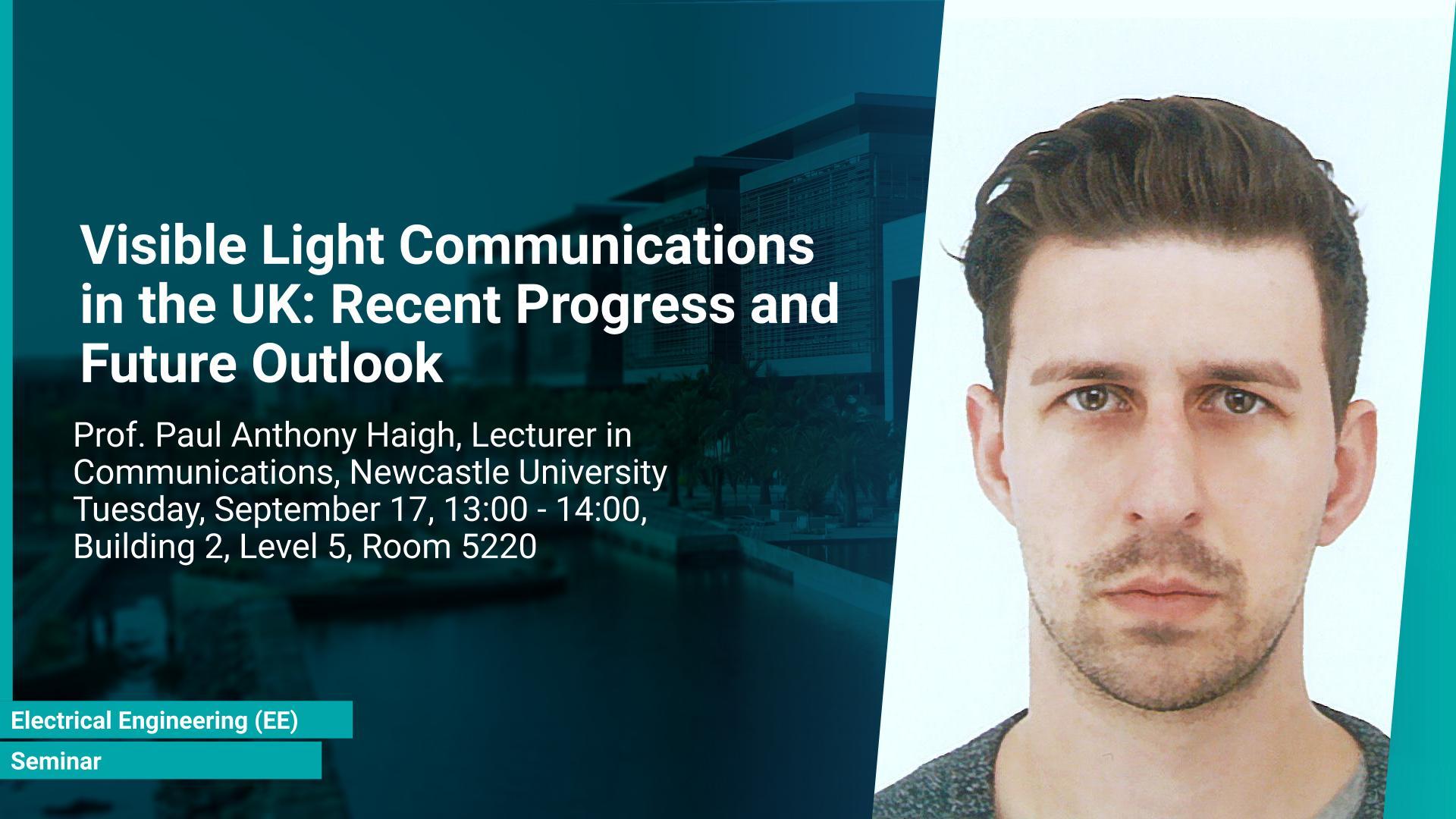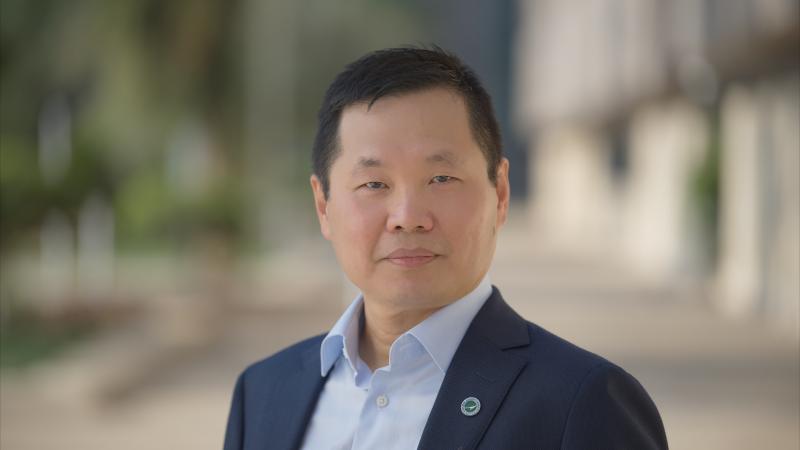Abstract
Visible light communications (VLC) is a hot topic in internet access networks, developing rapidly over the last decade. It has become one of the main candidate technologies to complement existing radio infrastructure in 5G and beyond technologies due to its inherent advantages such as high bandwidth and room-to-room security. In this talk, I will discuss several of the key developments that have occurred within the context of the UK research community, with particular focus on polymer photoactive components based on research that has occurred through my time at University College London and Northumbria University. I will also detail what I believe the key applications of VLC technologies moving forward are, and opinions about the challenges faced to realize them, on a global scale.
Brief Biography
Paul Anthony Haigh received his BEng and Ph.D. degrees from Northumbria University, Newcastle upon Tyne, UK, in 2010 and 2014, respectively. Between 2011 and 2012, Dr. Haigh was awarded the prestigious Marie Curie Fellowship at the European Fellowship for Nuclear Research (CERN) at the youngest age in the history of the organization. During his Ph.D. Dr. Haigh invented the topic of organic visible light communications, where he improved data rates in ultralow organic photonic devices from kb/s to 55 Mb/s. He joined the High-Performance Networks Group at the University of Bristol as a research associate in December 2014 working on reconfigurable agile network interfaces. Dr. Haigh then completed Research Fellowship at University College London working on high-speed polymer-based visible light communications systems. Dr. Paul is now a lecturer at Newcastle University, developing high speed optical and radio links for future internet access technologies.
Refreshments
Light lunch will be provided.

